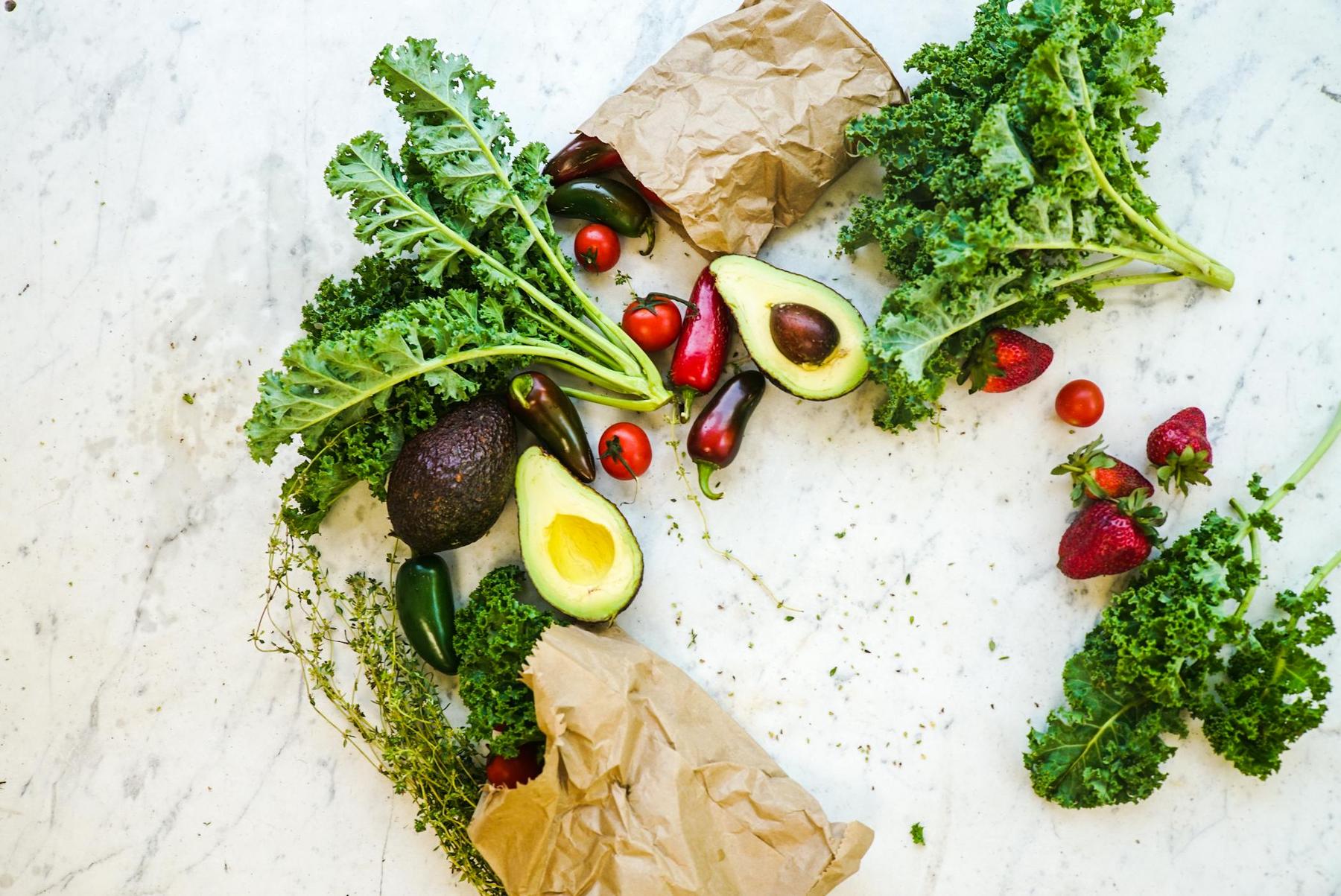In the complex journey of weight management, food labels stand as critical tools for making informed dietary decisions. Recent analyses reveal that individuals who consistently interpret nutrition panels lose up to 1.5 kg more than non-label users over a six-month period. Yet despite this advantage, research shows that only 32% of consumers accurately interpret nutritional information on packaging. For Australians navigating weight loss in 2025, understanding how to decode these standardised panels isn’t merely helpful—it’s essential for achieving sustainable results.
Why Are Food Labels Critical for Weight Management?
The connection between label literacy and weight loss success is well-established in scientific literature. Food labels provide objective data that cuts through marketing claims, allowing for evidence-based decisions that directly impact caloric intake and nutritional quality. When used strategically, they enable precise portion control and help identify hidden calories that often derail weight loss efforts.
The importance of this skill has grown following regulatory updates to nutrition panels, which now provide more transparent information about added sugars and realistic serving sizes. These changes were implemented to address the significant gap between marketed nutritional claims and actual nutritional content, particularly in processed foods that dominate supermarket shelves.
For weight management specifically, food labels allow you to:
- Calculate actual energy intake rather than estimated amounts
- Identify foods with favourable nutrient profiles for satiety
- Avoid products with excessive calorie density
- Make informed comparisons between similar products
How Do You Interpret Serving Sizes Correctly?
Serving size misinterpretation represents one of the most common obstacles to effective weight management. Research indicates that a single cereal serving (typically 30g) contains approximately 150 calories, but the average adult actually consumes around 45g—unwittingly ingesting 225 calories. This “portion distortion” contributes to 23% of accidental caloric overconsumption in weight management contexts.
When examining a food label, always start with the serving size information located at the top of the nutrition panel. Ask yourself:
- Does this reflect how much I will actually eat?
- How many servings are contained in the entire package?
- Will I need to multiply the nutritional values if consuming multiple servings?
For packaged foods commonly consumed in one sitting, manufacturers now provide dual-column labels displaying both per-serving and per-container nutrition data. This helps prevent the cognitive error of viewing a multi-serving package as a single portion—a particularly valuable feature for weight management purposes.
Which Nutrients Should You Prioritise When Reading Food Labels?
Protein Content
When prioritising nutrients for weight loss, protein deserves special attention. High-protein diets (approximately 1.6g per kg of body weight) preserve lean muscle mass during calorie restriction, boosting resting metabolism by 80-100 kcal per day. This metabolic advantage makes protein a critical factor in effective weight management.
On food labels, compare protein content relative to calories. For example, Greek yoghurt provides approximately 17g protein per 150 kcal serving versus just 8g in regular yoghurt, making it significantly more effective for promoting satiety and preserving lean mass during weight loss.
Dietary Fibre
The relationship between dietary fibre and successful weight management is remarkably strong. Research shows that achieving the 28g daily value through whole grains (7g per serving) and legumes (15g per cup) correlates with 23% greater weight loss maintenance.
When examining labels, look for products containing at least 3g of fibre per serving. Soluble fibre forms viscous gels that delay gastric emptying, reducing postprandial glucose spikes by 27% and extending the feeling of fullness between meals.
What Should You Limit According to Food Labels?
Added Sugars
The introduction of “Added Sugars” as a distinct category on nutrition labels has revolutionised weight management approaches. The current guidelines suggest a threshold of 10% of daily calories (approximately 50g daily) from added sugars. For context, a 600ml soft drink typically contains about 65g of sugars—exceeding this limit by 30% in a single serving.
Research links daily added sugar intake above 25g to 34% higher visceral fat accumulation, making this one of the most important values to monitor on food labels for effective weight management.
Sodium Content
While often overlooked in weight loss discussions, sodium content significantly impacts short-term weight fluctuations and fluid retention. Processed foods frequently contain 800-1,200mg sodium per serving—35-50% of the daily value—contributing to water retention that can mask actual fat loss on the scale.
The World Health Organisation recommends less than 2,000mg daily for cardiovascular health. When comparing similar products, choosing lower-sodium options can help reveal true weight loss progress more consistently.
How Can Food Label Information Be Applied Practically?
Understanding food labels is only valuable when translated into actionable strategies. The following table demonstrates how to apply nutritional information to common food categories:
| Food Category | What to Look For | What to Avoid | Target Values |
|---|---|---|---|
| Breakfast Cereals | Fibre >3g/serving, Sugar <10g/serving | Added sugars as first ingredient, Low protein content | <2 cal/g density |
| Yoghurt | Protein >12g/serving, Low added sugar | Fruit preparations with added sugar | <10g sugar per 100g |
| Bread Products | Whole grain as first ingredient, Fibre >3g/serving | Sodium >400mg/serving | <100 cal per slice |
| Snack Foods | Protein >5g/serving, Fibre present | Energy density >4 cal/g, Added sugar >5g | <200 cal per serving |
| Ready Meals | Protein >15g/serving, Vegetable content | Sodium >600mg/serving, Saturated fat >5g | <400 cal per meal |
Cognitive processing research reveals that time-constrained shoppers spend just 7 seconds evaluating labels, leading to 68% misinterpretation rates. To improve your label literacy, practice pre-shopping planning and prioritise which nutritional factors matter most for your weight management goals.
Conclusion: Turning Information Into Results
Nutrition label literacy serves as both shield and sword in the weight management journey—protecting against hidden caloric threats while empowering targeted nutrient acquisition. Recent data suggests combining label education with strategic meal planning increases weight loss efficacy by 41%.
For Australians pursuing weight loss in 2025, food labels provide objective data in a marketplace filled with subjective health claims. By focusing on serving sizes, energy density, protein content, and added sugars, you can transform everyday shopping into a powerful tool for achieving and maintaining your ideal weight.
The most effective approach combines this nutrition panel literacy with comprehensive healthcare support, especially for those requiring medical weight management. When expert guidance complements your improved label comprehension, the path to sustainable weight loss becomes significantly clearer.



